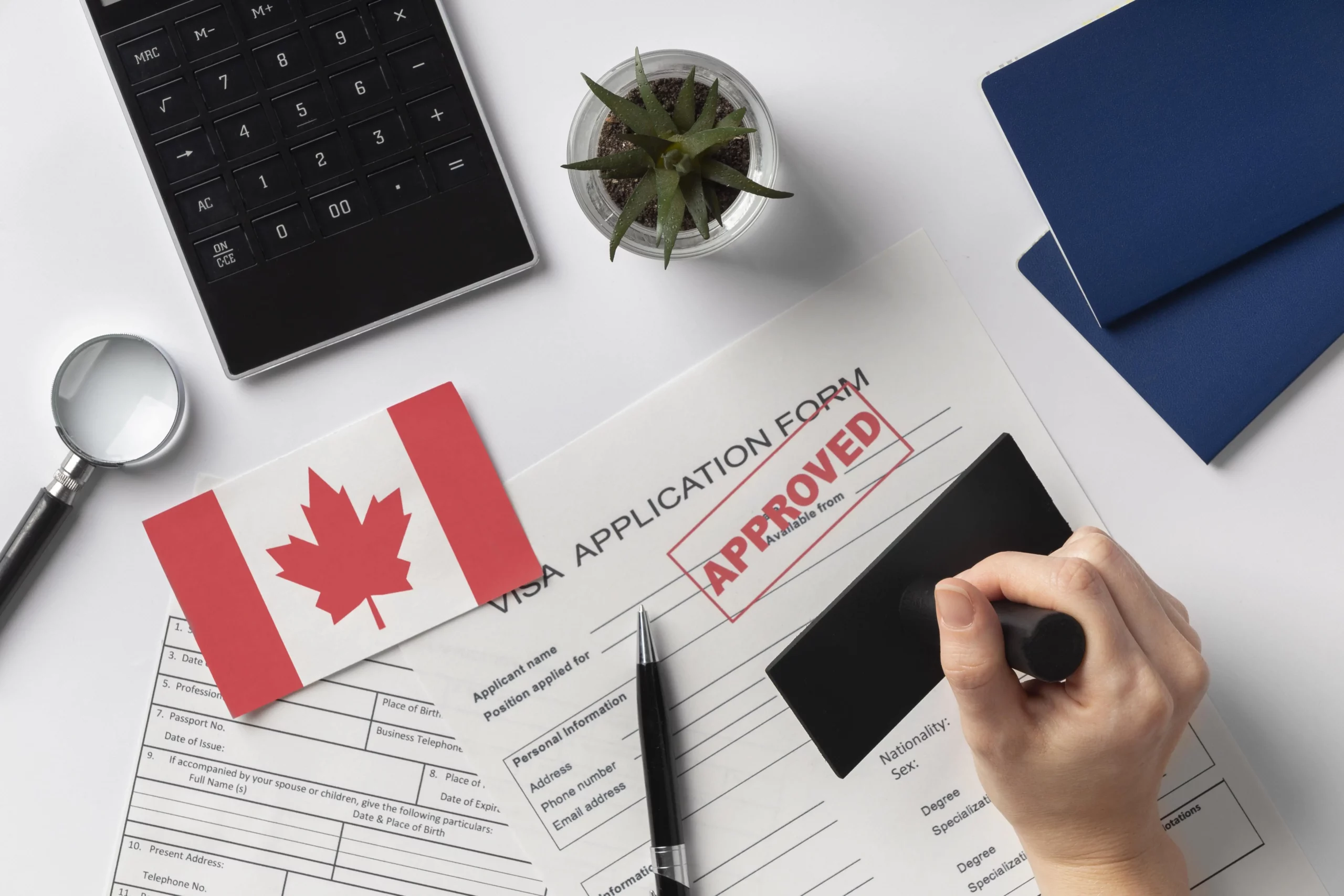Canada is one of the top destinations for international students who want to study abroad. The country offers an excellent learning environment with highly acclaimed universities, colleges, technical schools, and institutions.
Studying in Canada can also be a gateway to immigration for some international students who want to start a new life at the end of their studies. If you are an international student looking to study in Canada, we have prepared a comprehensive guide to help you complete your application to study in Canada.
Understanding the Requirements
The first step to applying for a study permit in Canada is to understand the educational requirements of the different Canadian institutions and the courses they offer. To be eligible for a study permit, you must first receive admission from a recognized Designated Learning Institution (DLI) within a period of approved study.
The admission requirements may vary among the different Canadian provinces. However, all universities and institutions require an updated passport, a proof of proficiency test in English or French, and finally, proof that you can finance your education and the cost of living in Canada.
Choosing A Course and Institution
Before choosing an institution for your studies, you must confirm its status as a Designated Learning Institution (DLI). All Canadian primary and secondary schools are designated learning institutions, but only some higher institutions are listed.
Once you confirm your institution is a DLI, you can go on to choose a major. You should take time to consider your options before making a decision, as the Canadian academic setup is flexible and allows for switching courses.
Take the Language Proficiency Test
To qualify for admission into a Canadian institution, every international student must prove proficiency in English or French. The IELTS is the required English proficiency test, although some institutions may accept Cambridge English: Advanced or TOEFL exam scores. To prove your proficiency in French, you can choose between DALF, DELF, or TCF, although the TEF exam is the most common option.
Begin Applying to Schools
Once you have taken the language proficiency test and the documents required for your application to study in Canada are ready, you can begin shortlisting schools. Contact your shortlisted universities for their application packs, which you should fill out and submit before the close date.
Give yourself some options and shortlist at least three schools – the main one and others as backups. These schools may require an application fee between $100 – $250. Fill in the application form accurately with the relevant documents. After this process, wait for your acceptance letter.
Applying for A Study Permit
Once you have your acceptance letter, you can apply for the Canada Study Permit. Visit the Canadian website to begin your application process. To aid your application, you’ll need your acceptance letter, passport, and documentary proof of funds to sponsor your education. If your institution is located in the province of Quebec, you’ll also receive a “Certificat d’acceptation du Québec” (CAQ) alongside your application letter, which should be included in your study permit application.
The study permit application process may take a while, so you should start your application process at least a year earlier. After submitting your application, you may be required to provide biometrics and undergo a medical examination. You can consult an immigration consultant for guidance on the application process, as immigration policies can be complex.
Preparation
Following your application and the interview, the immigration officer will decide on the status of your application to study in Canada. If accepted, you can begin planning to move to Canada. Every study permit comes with a start date, which is the day you’ll be permitted to enter Canada. If you enter Canada before this date, you would be denied entry.
Entering Canada
On entry, the immigration officer will verify your permit and other documents before allowing you to enter Canada. The officer may ask you some questions about the purpose of your visit, the duration of your stay, your accommodation arrangements, and your financial situation. It is important to answer truthfully and provide all the necessary information as failure to do so could result in refusal of entry.
Once you are permitted to enter Canada, you should proceed to the baggage claim area to collect your luggage. You may also be required to go through customs and declare any items you are bringing into the country. Canada has strict regulations on what can be brought into the country, and failure to comply with these regulations could result in fines or even criminal charges.
After clearing customs, you can proceed to the exit and look for transportation to your final destination. Canada has a well-developed transportation system, and there are several options available, including taxis, buses, and trains.
If you are staying in Canada for an extended period, you may need to apply for a Canadian driver’s license or health insurance. You may also need to register with the local authorities and obtain a Social Insurance Number (SIN).
Overall, entering Canada is a straightforward process as long as you have all the necessary documentation and comply with Canadian immigration regulations. With its friendly people, stunning natural scenery, and vibrant cities, Canada is a wonderful place to visit, work, or study.
